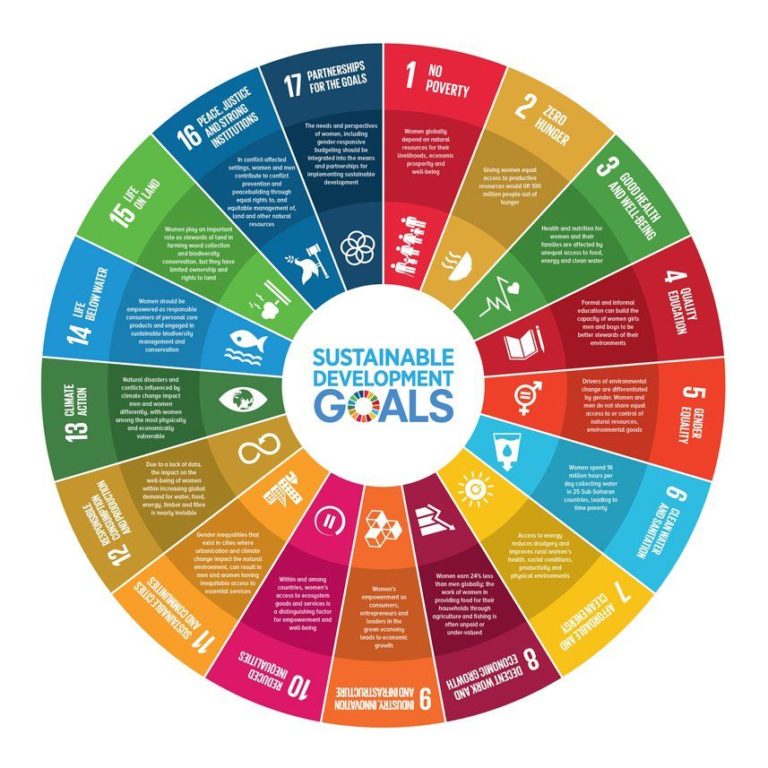1. Lack of formal processes
In my experience, I have not seen any current businesses processes regarding Indigenous community engagement. Without documented repeatable procedures, engaging community members in construction becomes an afterthought. All members of the project delivery team need to know what to do and when to do it.
The processes I have seen are often very prescriptive as required by our governing bodies and quality systems. Whether it is the engineer’s association, ISO audits or our experiences, a large organization can have tens of thousands of pages of procedures. Those procedures can include how to do everything from the project scope to the final handover of the facility, but almost never include the local engagement.
Indigenous engagement is mistakenly considered a separate process, and not at all connected to the project. Many times, consultants are asked for their experience in dealing with Indigenous communities, but once awarded the work, the issue never comes up again. It is considered an issue for the construction contractor, post-award.
WorkFirst can be incorporated into your processes so the approach can be applied to every project, reducing the risk associated with social license and reducing cost. It can change the local communities from risks to allies.
2. Not going to First Nations first for their capacity.
Another observation I’ve made over the years is the community often has capacity, from labourers to journeypersons, which comes from building a few houses every year or working in the local economy or resource sector.
Without being aware of this capacity, contractors typically bring people from outside the community. There is, however, an opportunity for increasing local labour. WorkFirst drives the user to start with community capacity so that all bidders and contractors can make use of the local resources. Although this will reduce the cost of the project, this business case is often overlooked. We have seen the use local labour reduce the cost, benefitting the bidder and allowing the project budget to go further. The contractors and communities both win, and a group of workers build their capabilities for the next project.
And that concludes Part I of “5 reasons you will fail to engage Indigenous people on construction projects.” I have said many times that if there was a mistake to make, I’ve made it. I am happy to share my learnings with you in this fashion because they have all contributed to WorkFirst. What have you learned?
Please join us next Wednesday for Part II. Stay safe, everyone!




